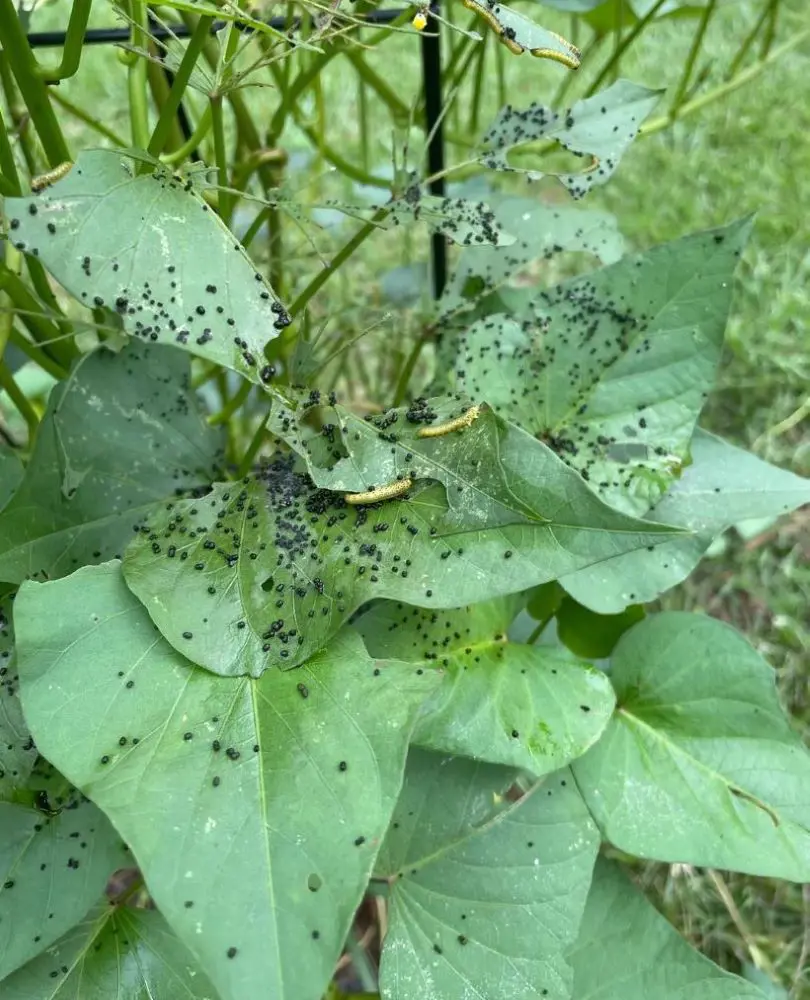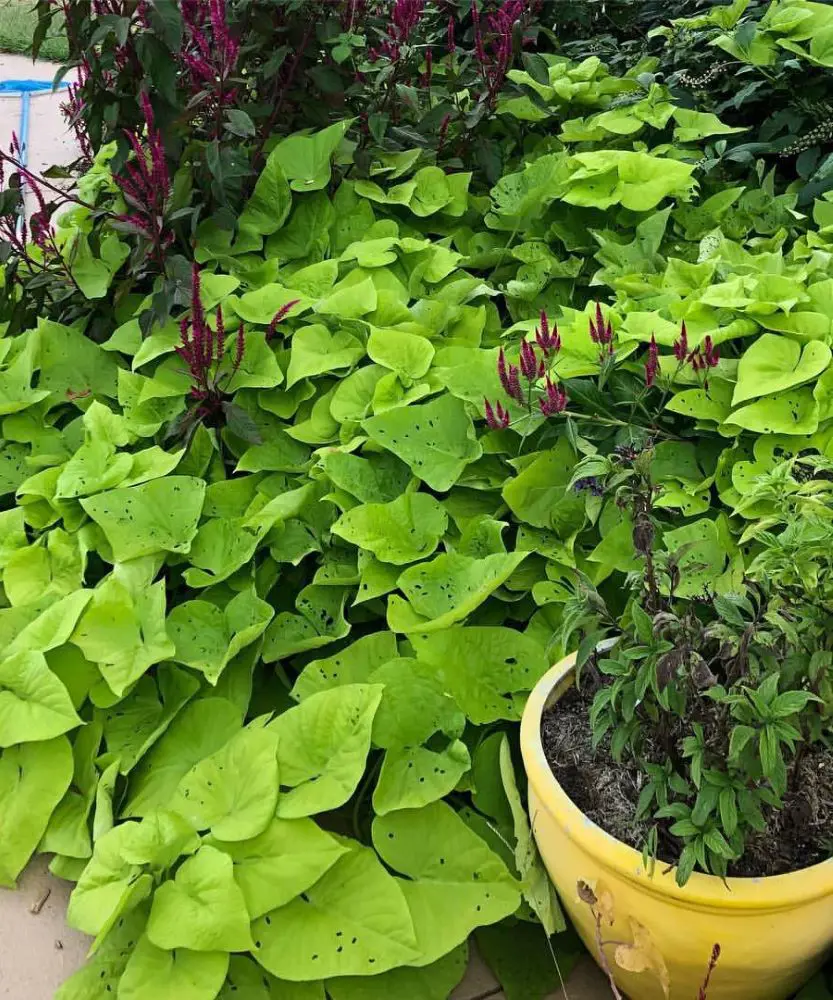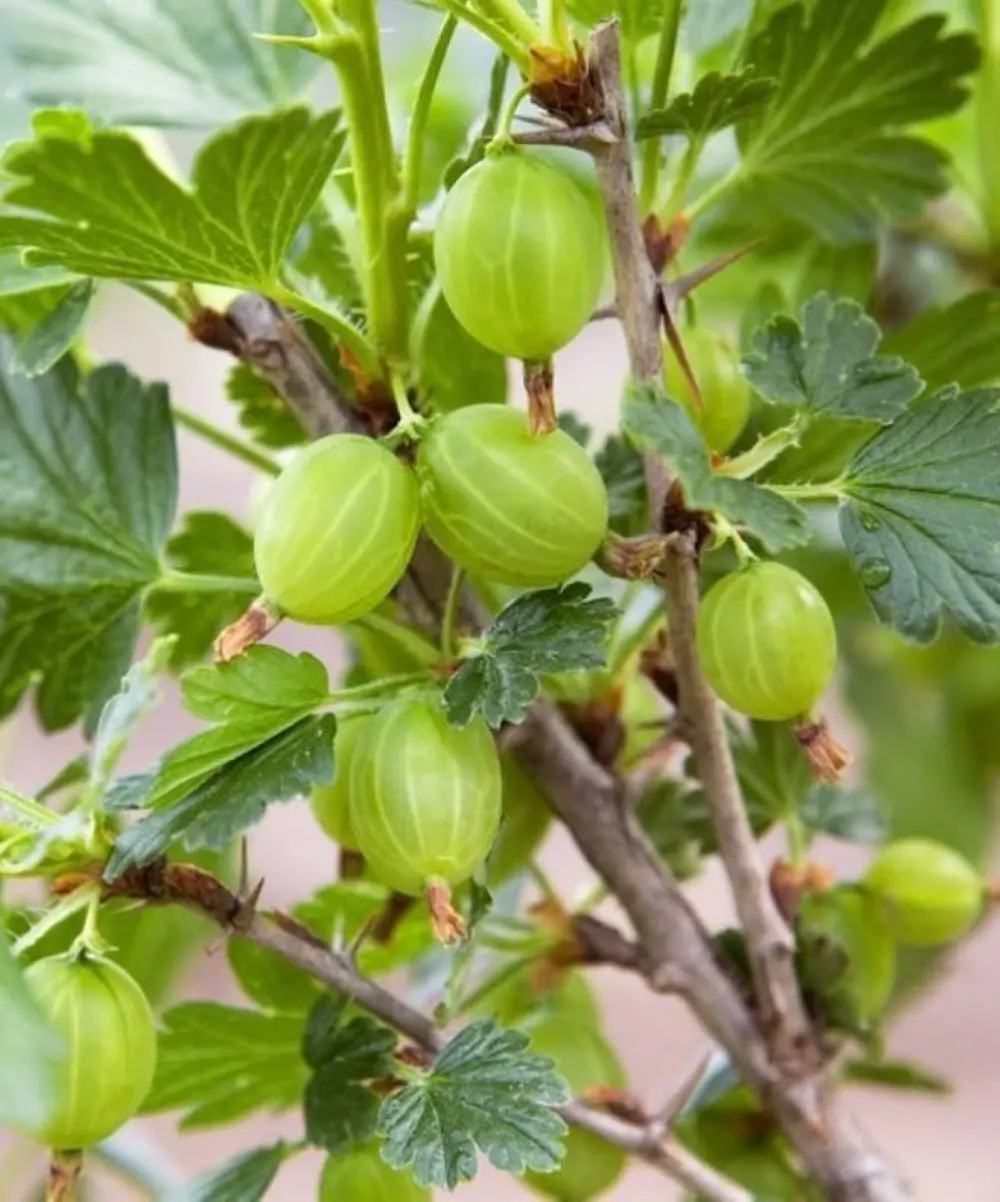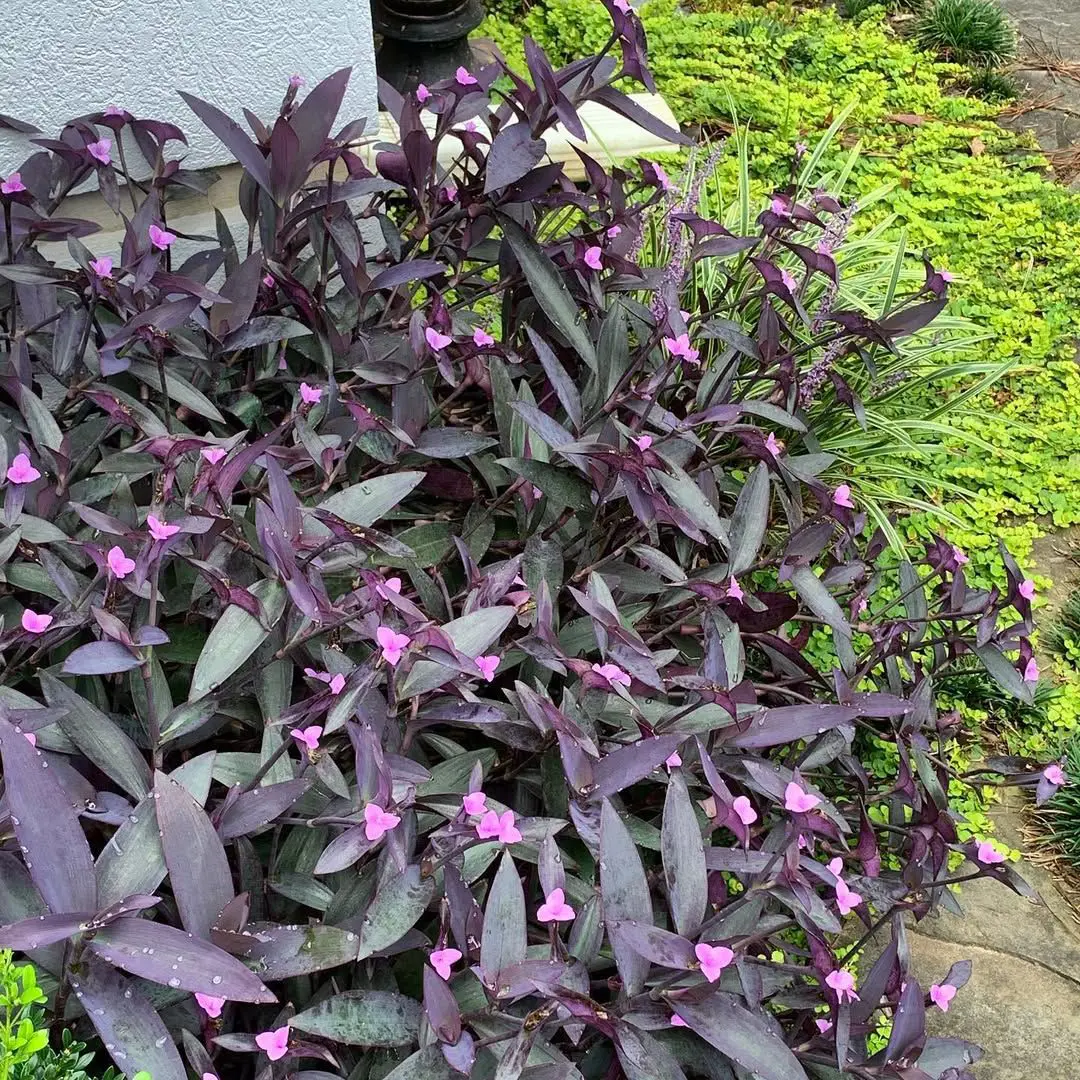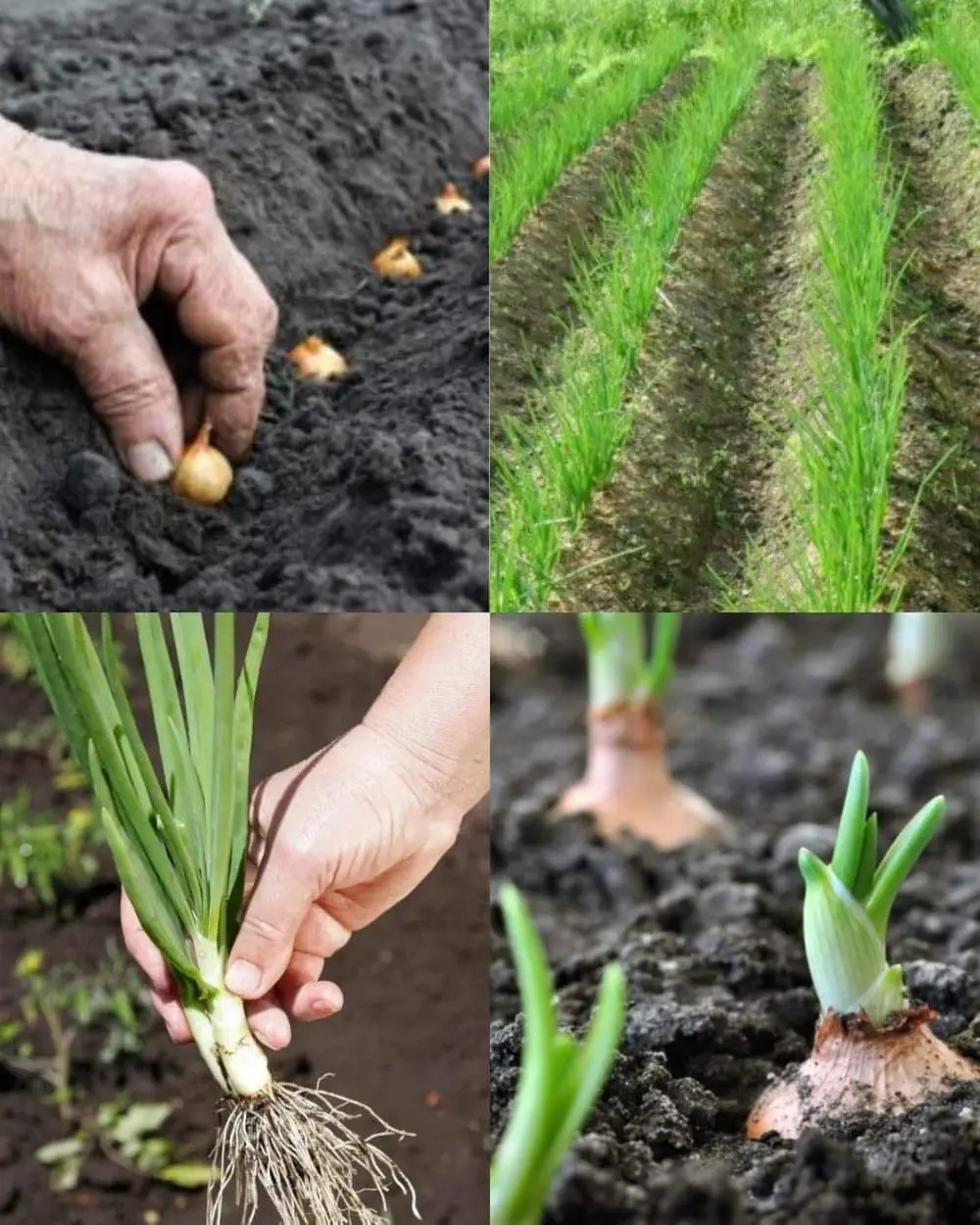How To Grow Sweet Potato Vine

The sweet potato vine is considered a relatively easy plant to grow. It requires minimal care, thriving with regular watering, full sunlight, and occasional fertilizing.
Additionally, the plant is also tolerant of various soil types and can be grown both indoors and outdoors. Regular pruning helps maintain its shape and encourages bushier growth.
Materials Needed:
- Sweet potato (organic if possible)
- Water
- Toothpicks
- Jar or glass
- Potting soil
- Planting pot or garden space
Once you have all the materials you need, you can start the planting process via the following steps:
- Select And Prepare the Sweet Potato Vine
Look for a firm, healthy sweet potato without any blemishes, cracks, or signs of decay. Opt for organic sweet potatoes if possible, as they are less likely to be treated with growth inhibitors.
Ensure the sweet potato is free of mold and has an even, unblemished surface to encourage healthy sprout growth.
-
Cutting (Optional)
Slicing a sweet potato in half before planting exposes more surface area, which can accelerate the sprouting process. By increasing the number of cut surfaces, you provide additional points for slips to grow, leading to faster development of roots and shoots. This technique can result in a quicker and more prolific production of slips for planting.
-
Start the Sprouting Process
Insert 3-4 toothpicks around the middle of a healthy sweet potato and place it in a jar of water with the bottom half submerged.
Position the jar in a sunny spot, such as a windowsill. Change the water every few days. In 2-4 weeks, sprouts (slips) will begin to grow from the top.
- Grow Slips (Sprouts)
Keep the bottom half of the sweet potato submerged in water. Change the water every few days to prevent mold and bacteria.
In about 2-4 weeks, you’ll notice sprouts (slips) growing from the top of the sweet potato. They’ll look like small leaves and stems.
- Preparing Slips for Planting
When the slips are about 4-6 inches long, gently twist them off the sweet potato. Place them in a glass of water, ensuring the bottom half is submerged. They will develop roots in about a week.
- Plant the Slips
Use a well-draining potting mix. If planting outdoors, ensure the soil is loose, well-draining, and enriched with compost.
Once the slips have developed roots, plant them in the soil. Space each slip about 12-18 inches apart.
- Take Regular Care
Keep the soil consistently moist but not waterlogged. Water more frequently during dry periods. Fertilize with a balanced, all-purpose fertilizer every few weeks during the growing season and provide proper sunlight.




